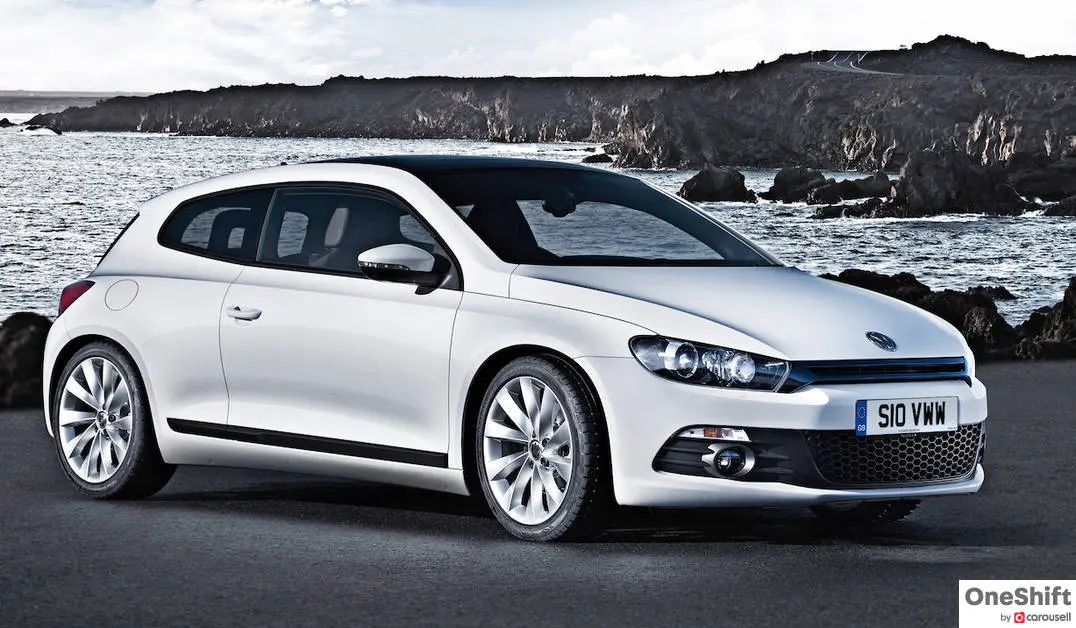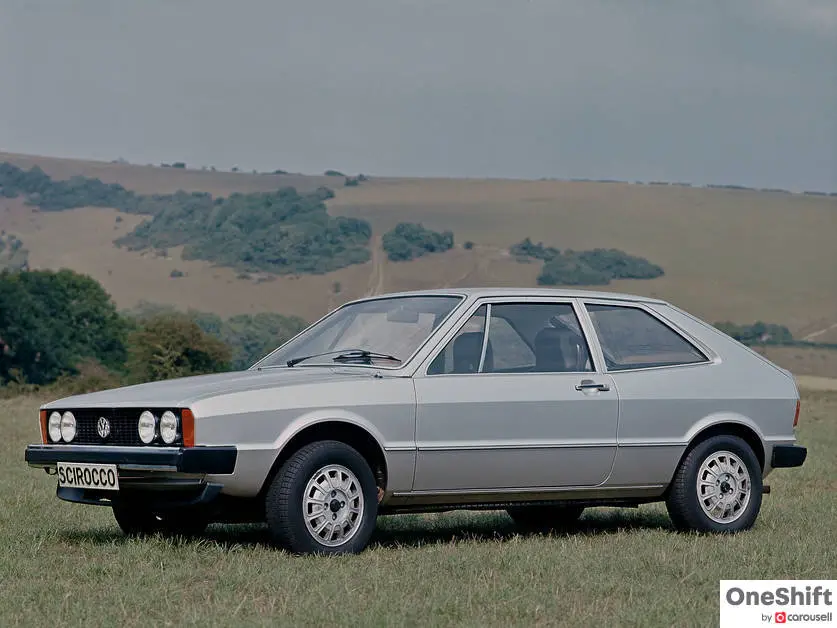OneShift Buyers' Guide For The Volkswagen Scirocco (Third Generation)
You’d be forgiven if you thought that the Volkswagen Scirocco was first introduced in 2008. In fact, the “current” (and now discontinued) generation Scirocco was in its third generation, with production that stretched for nearly a decade until 2017. Rewind the clock to the mid seventies and we will realise that the Scirocco’s fundamentals still remain in tact.







You’d be forgiven if you thought that the Volkswagen Scirocco was first introduced in 2008. In fact, the “current” (and now discontinued) generation Scirocco was in its third generation, with production that stretched for nearly a decade until 2017. Rewind the clock to the mid seventies and we will realise that the Scirocco’s fundamentals still remain in tact.
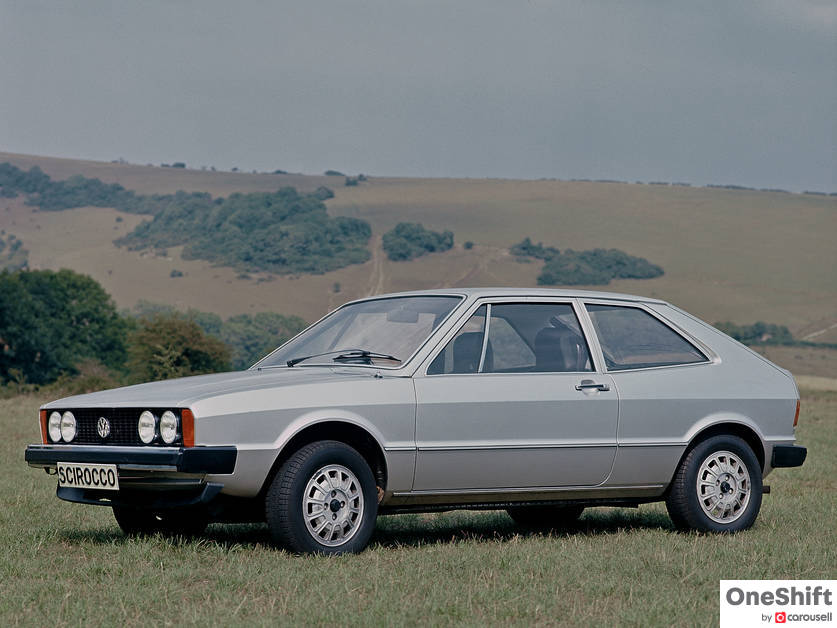
Half a million Mk1 Sciroccos were sold globally. It was based off the platform of the Mk1 Golf (also launched in 1974), but this time re-engineered to look more stylish than the functional Golf as it was primed to be the replacement for the beautiful Karmann Ghia coupe. We reckon it was under talented supervision, given that it was designed by Giorgetto Giugiaro, the same designer responsible for the stunning Lotus Esprit, BMW 3200 CS and Alfa Romeo 159 just to name a few.
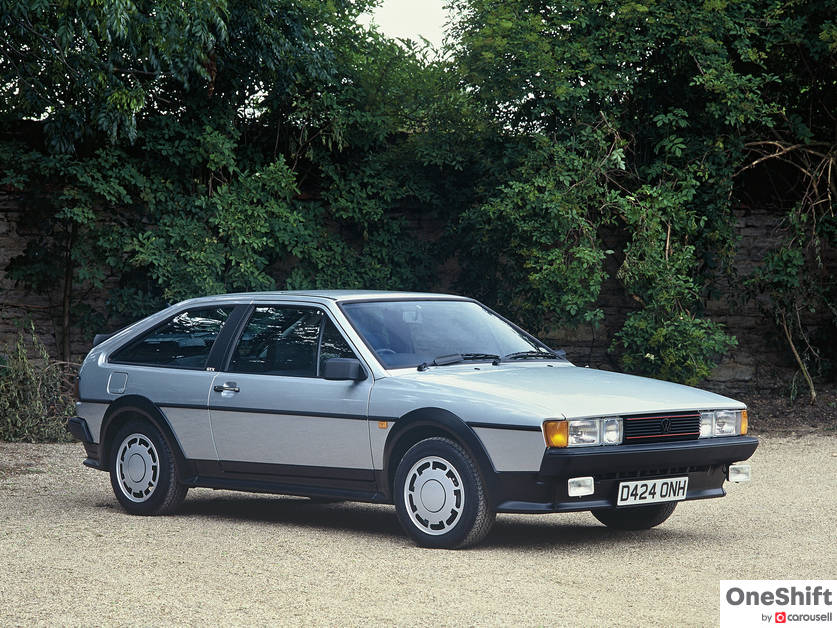
The second-gen Scirocco saw a production run that lasted slightly more than a decade, with 290,000 units sold. These were not very encouraging figures considering the success of the Mk1 Scirocco. The Mk2 Scirocco was designed by VW’s internal design team, with a distinctive feature being the rear spoiler positioned in the middle of the hatch’s rear glass, which reminded us of early-gen Honda CR-Xs, albeit arranged in a less garish manner. Production stopped in 1992.
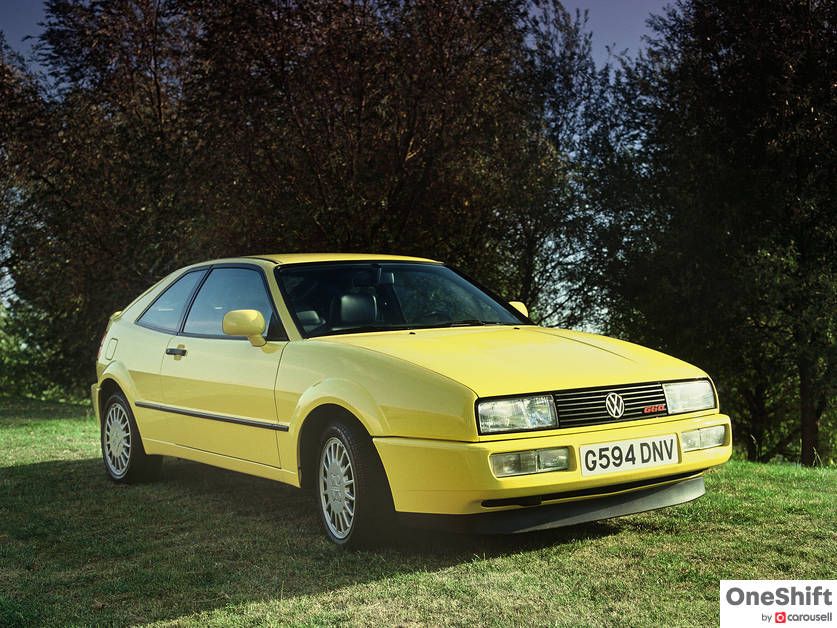
The Mk2 Scirocco was “replaced” by the Corrado. It still remains a mystery why the naming convention was altered, but we suspect that the marketing and sales division had a part to play. We understand that the Corrado’s production run “overlapped” that of the Mk2 Scirocco, before fully replacing the Scirocco in the late 80s / early 90s. The unique spoiler design of the Scirocco made way for an active spoiler setup in the Corrado, which raises automatically when travelling up to speeds of more than 100km/h. The Corrado’s production run lasted seven years till 1995, before it took a lengthy 12-year hiatus, only to be “re-introduced” at the 2008 Geneva Motor Show as the Mk3 Scirocco.
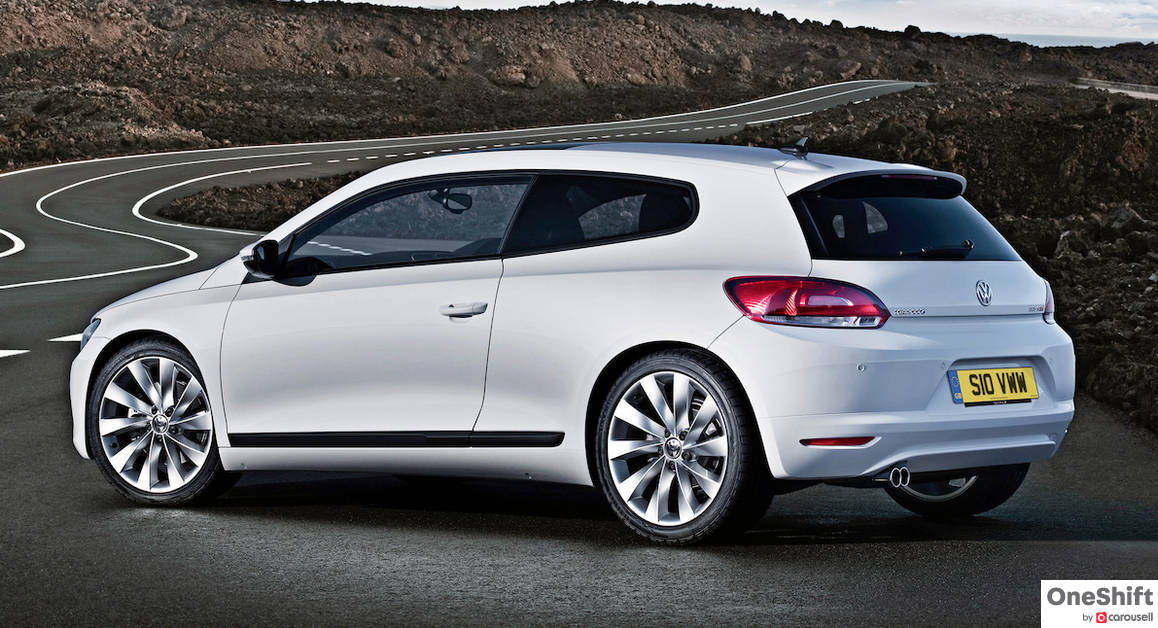
Production of the Mk3 Scirocco commenced in Portugal in 2006, way before its official launch at the 2008 Geneva Motor Show. Just like its predecessors, it was based on the more utilitarian Golf, this time the highly successful Mk5 Golf. Engine options include a twincharged (one turbocharger and one supercharger) 1.4-litre petrol engine, a 2-litre turbocharged engine, and a 2-litre turbocharged diesel motor. Customers could choose between a 6-speed manual transmission, and either a 6, or 7-speed DSG dual clutch automatic. The 6-speed DSG option is primarily tagged to the 2-litre petrol variant, and the 7-speed DSG paired with the 1.4 TSI unit.
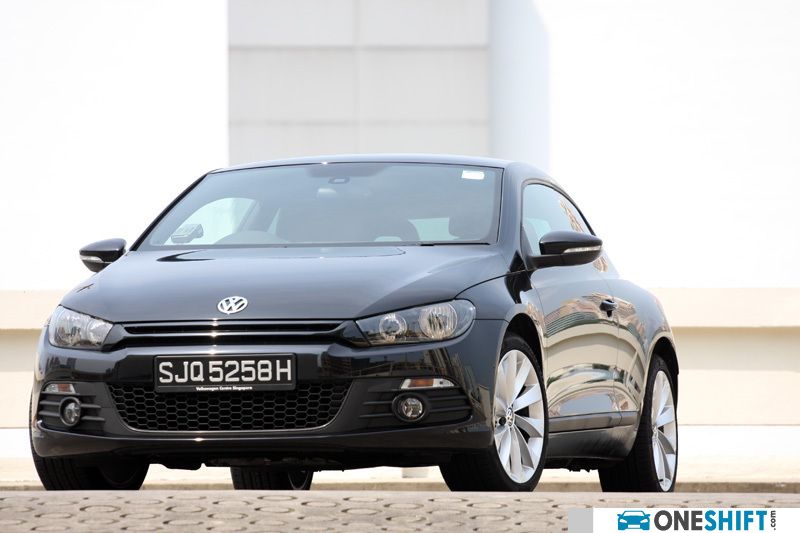
Our archives jotting back to mid 2008 for the Scirocco revealed that OneShift was present at the Scirocco’s global launch in Lisbon, Portugal, where we reviewed both the 1.4-litre twincharged unit and the 2-litre petrol variant - both of which were offered by the local dealer from 2009 onwards. The more powerful 2-litre variant was offered first in mid 2009, followed by the 1.4 twincharged version a couple of months later. With a sub-S$100k price tag for the 1.4 TSI in 2009 (courtesy of Cat A COE prices that were comfortably under 20 grand in mid 2009, with the economy still reeling from the 2007 - 2008 global financial crisis nightmare), it went on to be a popular choice for young couples and small families looking for a stylish, fun and potent mode of transport.
We reckon that other than price, the 1.4 TSI was also more relevant for the local market, due to the way it delivers power from the lower regions of the rev range - peak torque of 240 Nm can be had at just 1,500rpm (compared to the 2-litre unit’s 280 Nm peaking 200rpm later), perfect for quick spurts around the city. In comparison, the 2-litre Scirocco was 30 grand dearer, and had to fend off fierce internal competition from the Mk 6 Golf GTI (with a 3-letter branding too hard to ignore, as it rode on the MkV GTI’s massive popularity). The Scirocco R was revealed in mid 2010, with its 2-litre TSI unit churning out 256 bhp and 330 Nm, a healthy 56 bhp and 50 Nm more than the “regular” non-R 2-litre Scirocco.
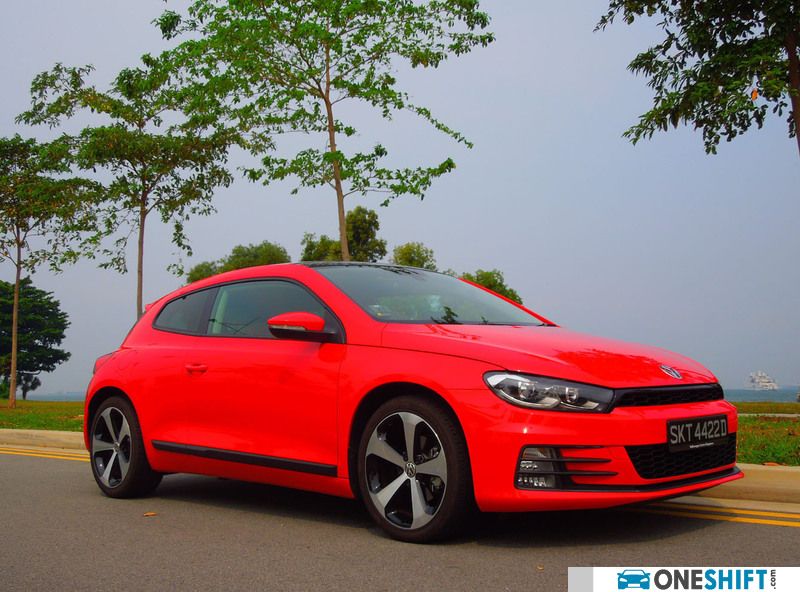
2015 saw the reveal of the facelifted Mk3 Scirocco, this time available only with a 1.4 TSI unit. Torque figure was 40 Nm down from its non-facelifted 1.4 TSI compatriot. Interestingly, this variant excluded the supercharger, which was likely the reason why it was down on torque but thankfully, peak torque remained unchanged at 1,500rpm. Claimed fuel consumption remained the same at 15.9km/l.
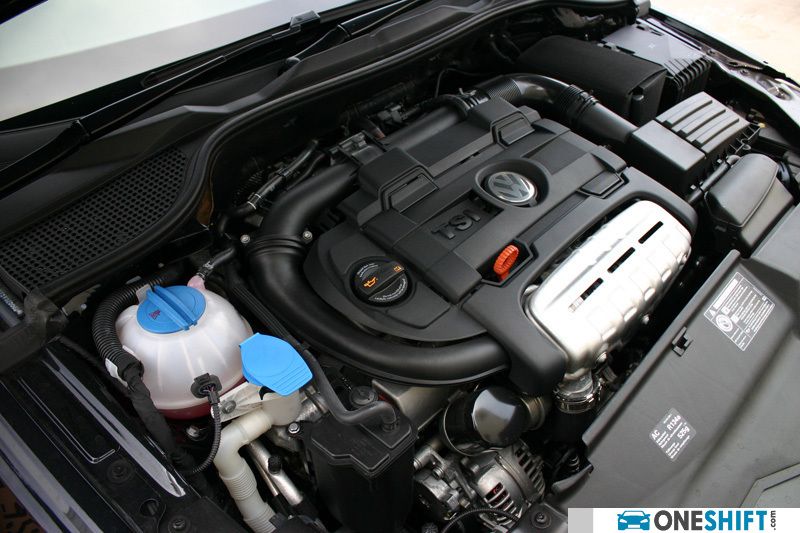
If you’re shopping for a 1.4 TSI unit, do check during the car’s start-up (or test drive if possible) if the motor is suffering from misfires as this has proven to be a common problem.
For the 2-litre TSI unit, do check on the water pump and tensioner as they could be faulty, especially if it has been through at least 130,000km of mileage. Ask your mechanic to monitor the PCV (positive crankcase ventilation) valve too, as a faulty unit might cause the engine to operate in a rough manner.
If you are in the market for one equipped with a 7-speed DSG (or in some cases, a 6-speed DSG), do check records for any failures on the mechatronics. If the car has been tuned, the clutches of those equipped with DSG might be prone to slippage, too.
If you are in the market for a Scirocco R, its cam follower might fail, so do keep an eye on this when you browse through its servicing history.
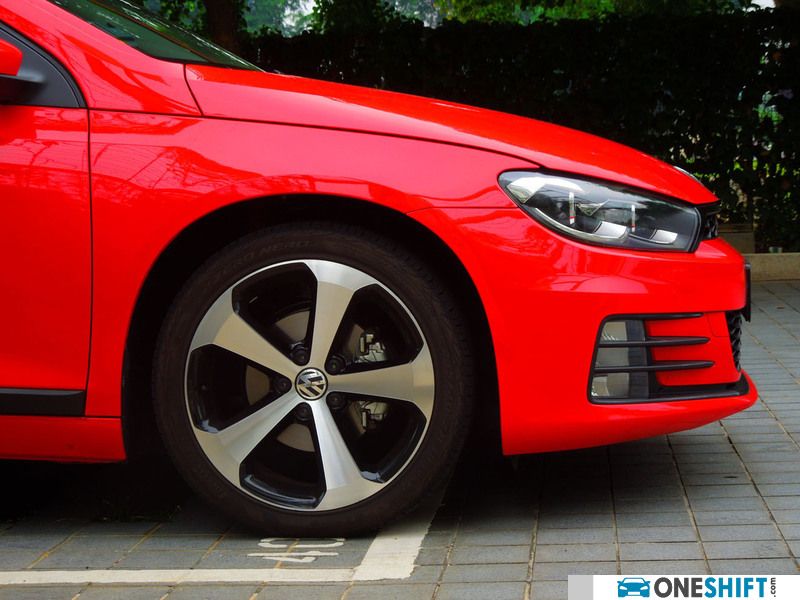
The shock absorbers on the Scirocco are prone to leakage, so do get them replaced (or negotiate for a new set from the seller) before you acquire one. If you manage to hop in one for a test drive, pay attention to “humming” noises at the rear, which could mean a misaligned suspension setup. Inconsistent tyre wear could also point towards a chassis that is not in tip top shape.
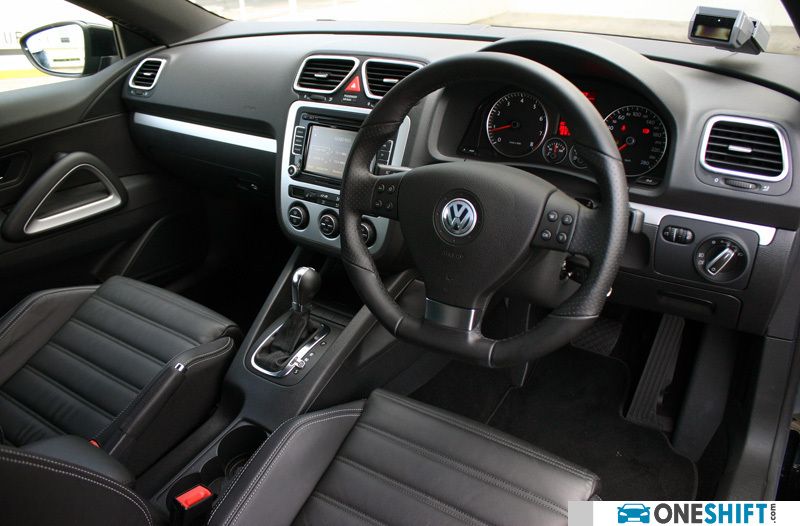
Check for exterior panel gaps, especially the ones around the door for signs that it has been through accident-related repairs. Another sign that it has been through tough times will be the gap between the rear bumper and rear-third of the bodywork, which can be quite obvious given the flared fenders of the Scirocco in OEM form.
Similar to Mk6 Golfs that have been through more than a decade of usage, it will be common for the steering wheel and seat bolsters to wear off. Plastic switches around the centre console will have also seen better days. But pay attention to lower mileage units (under 60,000km) that have worn interiors - that could mean its mileage has been tampered with.
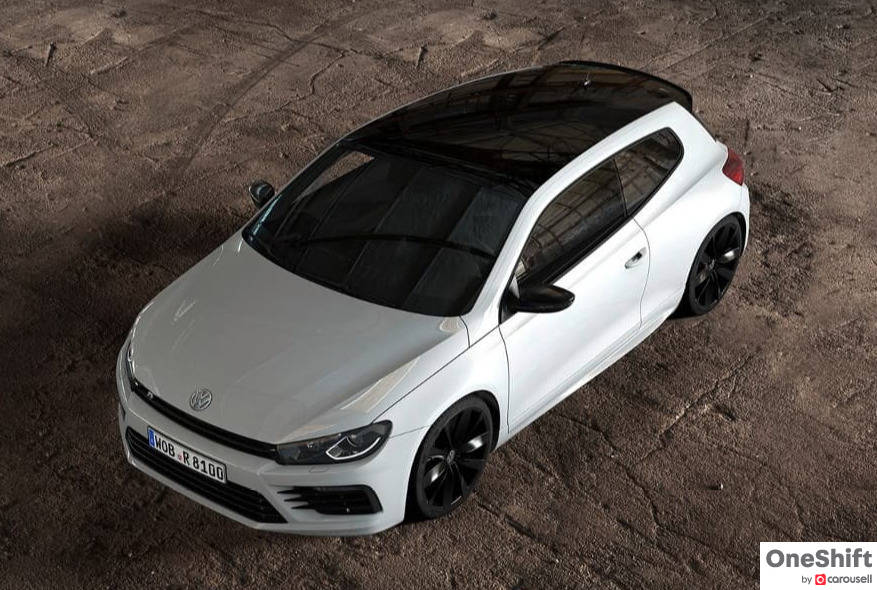
Fans of the Scirocco in Australia were lucky to have a chance to purchase the Scirocco R “Wolfsburg” edition, which went on sale in late 2016 to mark the end of the Scirocco’s production run. Interestingly, 30 6-speed manual versions made their way to Australia.

If you’re lucky, early models of Mk3 Sciroccos are available at an annual depreciation of between S$9k to S$11k. Dig deeper and a Scirocco R might pop up at a depreciation of around 12 grand per year, which is quite a steal under the current climate (and considering how prices of JDM performance cars have soared). You could find yourself looking at some 1.4 TSI units with depreciation at under S$9k per year, but they would likely be high mileage, multiple owner units clocking at least 160,000km.
A 1.4 TSI Scirocco (both the twincharged and single turbo version) could yield more than 15km/l under ideal driving conditions in their early years, but a figure of 12.5km/l is more realistic if it has been through consistent servicing cycles. The 2-litre Scirocco and Scirocco R should have no issues clocking more than 10km/l on the combined cycle.
A 1.4 TSI unit with COE that expires in 2030, listing at a depreciation of under S$9k per year.
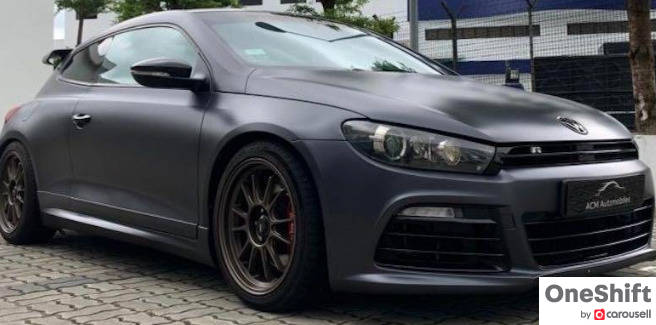
A stealthy 2.0-litre example that has clocked 142,760km, with COE expiring in eight years.
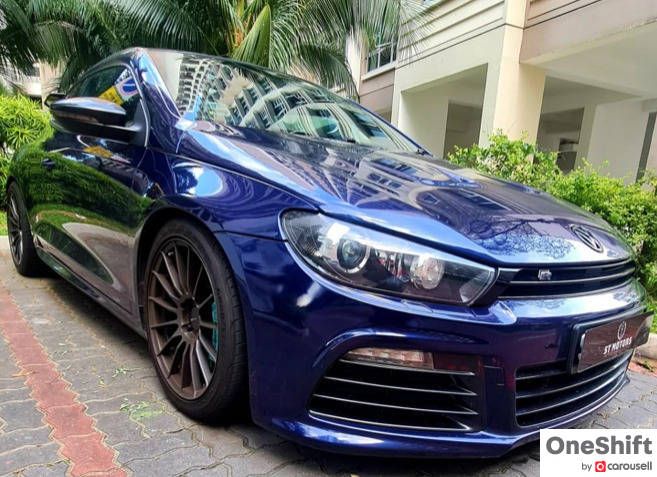
Modified Scirocco R that has been through servicing cycles every 7,000km. Tempted?
Keen to acquire a Mk3 Volkswagen Scirocco? Find more pre-loved examples on Carousell.
Credits: Gerald Yuen

- Convenient and Hassle-Free
- Consumer Protection
Transparent Process
With No Obligation


Get the Best Price for your used car
from 500+ dealers in 24 hours
